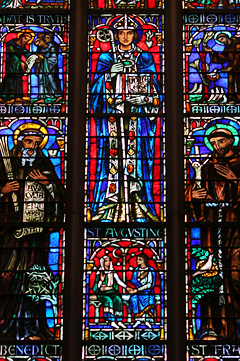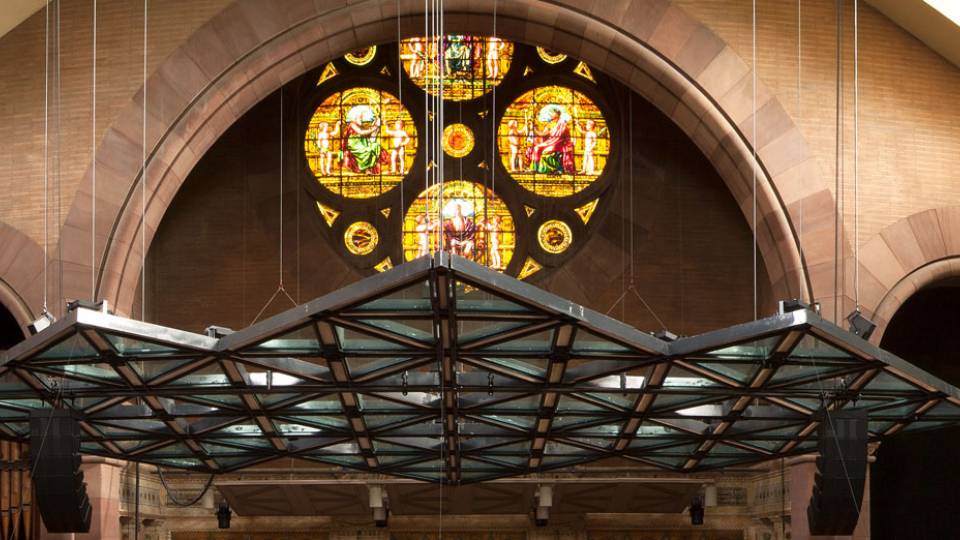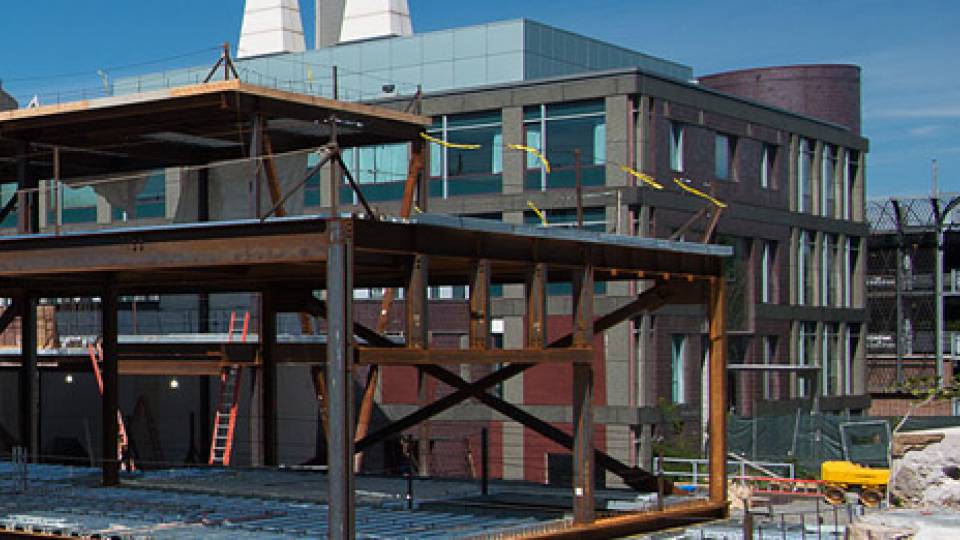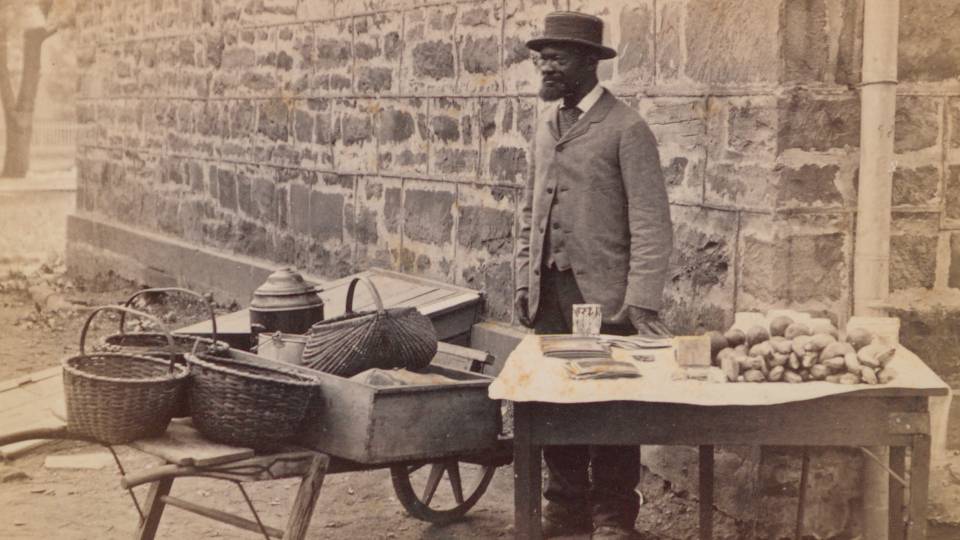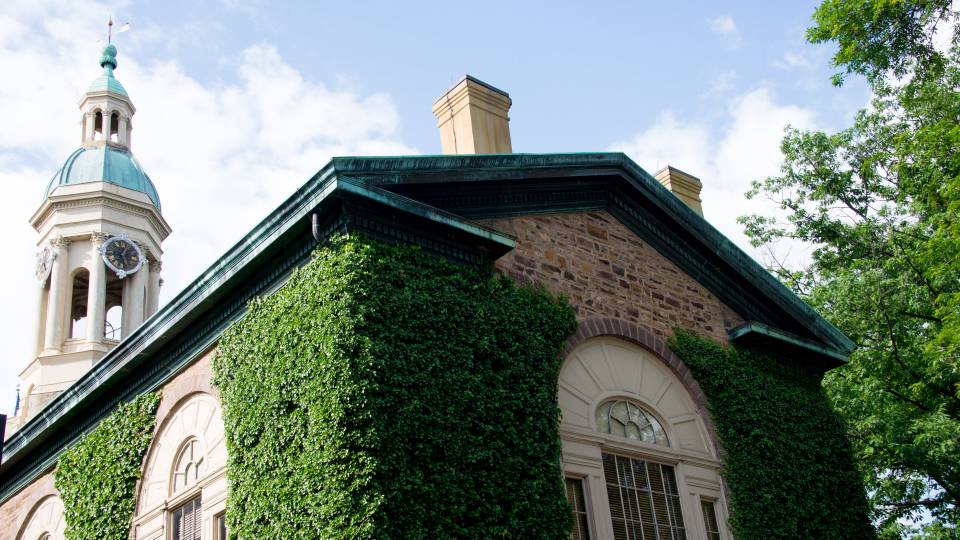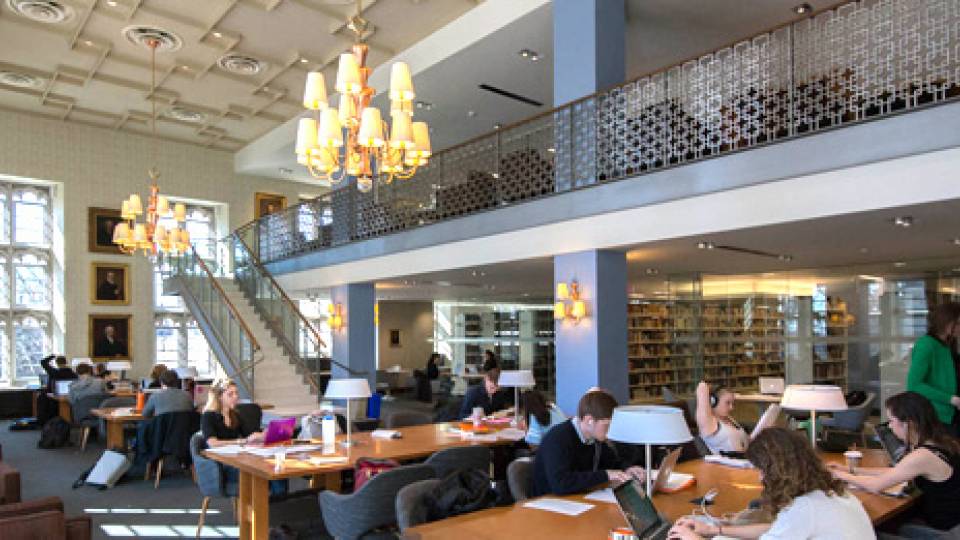A new book by 1934 Princeton alumnus William Selden chronicles the religious heritage of the University.
"Chapels of Princeton University: Their Historical and Religious
Significance" recently was published by the Office of Communications.
The 95-page paperback is the most recent in Selden's series of short
histories of Princeton-area buildings and institutions.
According to the book:
• The first chapel for what was then the College of New Jersey was a
prayer hall on the south side of Nassau Hall, built in 1756, where the
Faculty Room now stands. Students at the college, which was founded by
Presbyterians, were joined for Sunday services by local families from
that denomination.
• When the prayer hall became too small for the local congregation and
for college activities such as graduation, the college donated land
adjacent to Nassau Hall for a Presbyterian church. First Presbyterian
Church (now Nassau Presbyterian Church) was erected in 1764; its
services were led by College of New Jersey presidents until the early
1800s and college commencement exercises were held there until
Alexander Hall was completed in 1892.
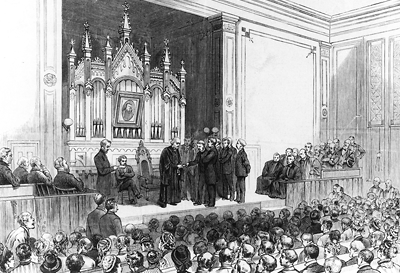
• The college's first stand-alone chapel was completed in 1848 at a
cost of $5,700 on the east end of Nassau Hall. The "Old Chapel" was
used for religious services until 1882. It was then used as a lecture
and recitation hall until 1896, when it was razed to make room for the
construction of Pyne Library, now called East Pyne and part of the
Andlinger Center for the Humanities.
• Construction began in 1881 and was completed the following year on
Marquand Chapel, located to the east of both Nassau Hall and the Old
Chapel. According to the book, "The interior was handsomely decorated
and enriched with frescoes and stained glass windows as well as
tablets."
• Marquand was destroyed by fire in 1920. Religious services were held
in Alexander Hall until 1928, when the current University Chapel was
completed. Built at a cost of more than $2 million, the University
Chapel was second in size only to the chapel at King's College,
Cambridge University, when it was finished. Today, the chapel is the
third largest college chapel in the world, behind the chapels at
Valparaiso University in Indiana and King's College.
In addition to describing the various buildings housing religious
activities, the book delves into religious influences over the years at
Princeton. It includes information on the religious backgrounds of
college leaders, student religious life and organizations, the office
of the dean of the chapel and the dean of religious life, the growing
number of denominational groups, the tradition of service and the
academic study of religion.
"Chapels of Princeton University" is available from the Princeton University Store.
